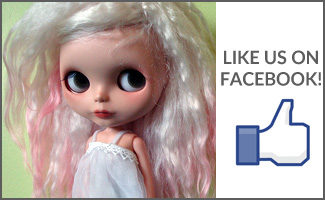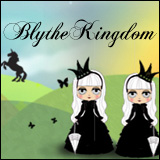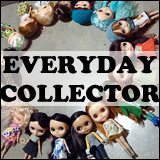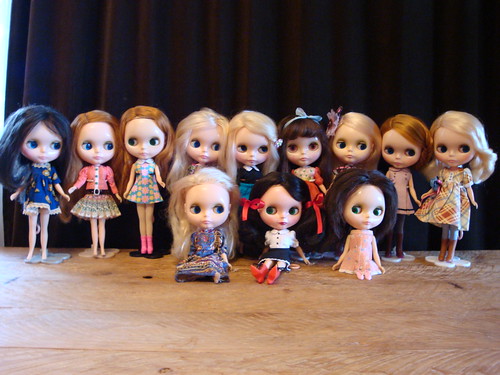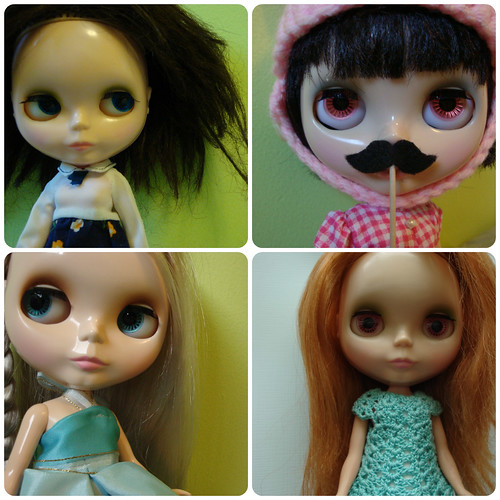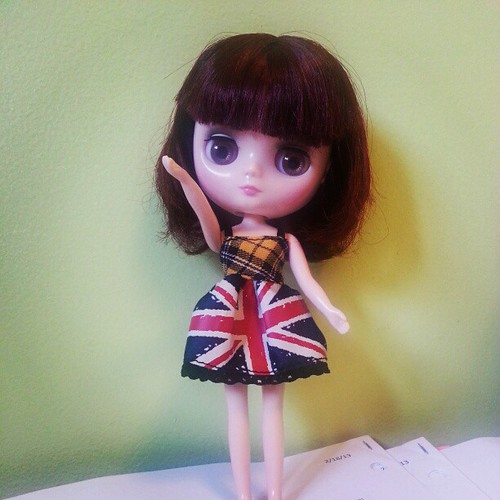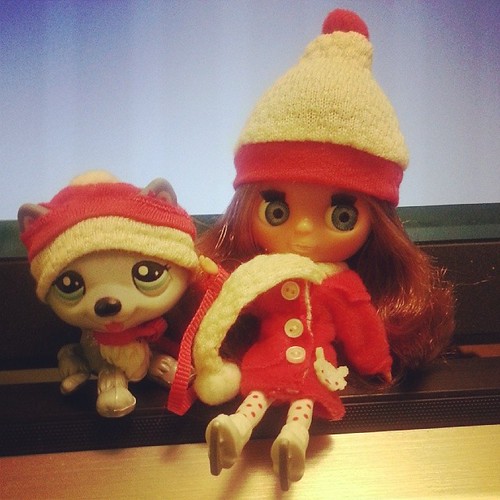A Beginner’s Guide: Items to Scale
Written on October 10, 2014 at 12:00 pm by MichelleFiled under: Article with tags: beginner's guide
Blythe can be, at times, a difficult doll to find things to scale for. This is because her head and her body are not proportionate at all. Her body is similar in size to a Skipper doll, and her head is similar in size to an American Girl (18″) doll. This is an issue because they are different scales.
Skipper (and Barbie) are 1/6th sized dolls. This is also referred to as 1:6 or “playscale”. American Girl, and other 18″ dolls, are 1/3rd or 1:3 scale. Those are drastically different numbers. And not all 1:3 items for American Girl will work for Blythe’s big noggin just due to the general sizing differences.
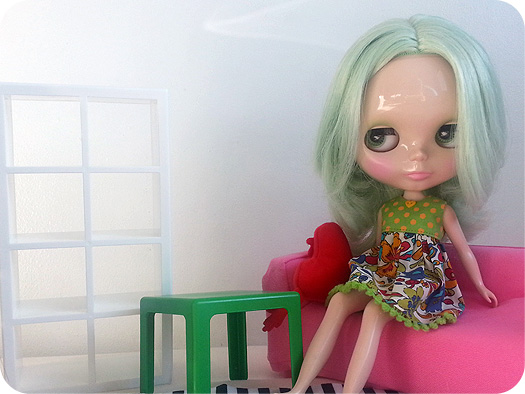
I tend to consider things to be “to scale” depending on what part of the Blythe it goes with. If it is furniture, I look for items that are 1:6 because it needs to be in proportion to the doll’s body. 1:6 means that if a doll item at 1″ was a human-sized item, it would be 6″. The IKEA HUSET is actually approximately 1:8 scale, but the sizing doesn’t seem to be too off, this is likely due to the fact that Blythe’s body isn’t as tall as Barbie’s body (who is 1:6 scale).
If you want to replicate something for your dolls, measure it and divide the numbers by 6 if you want it to scale to the doll, in general, or to the body of Blythe. If you want it in scale to the head, divide it by 3.
For example, a standard DVD case is: 7.5″ (L) x 5.5″ (W) x 0.5″ (H).
In playscale, or 1:6 scale, those measurements would be: 1.25″ (L) x 0.92″ (W) x 0.08″ (H).
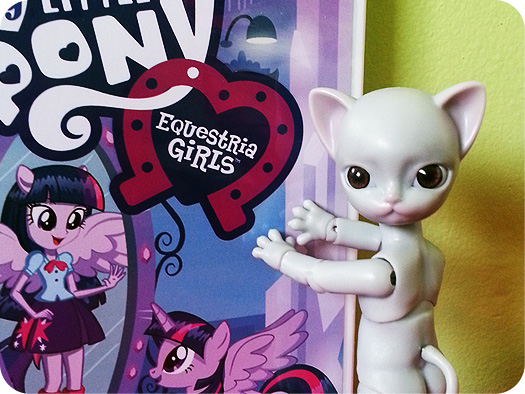 “This DVD case is too big for my paws to open!”
“This DVD case is too big for my paws to open!”
Having something “to scale” makes items more realistic and not look over (or under!) sized for your Blythes. There will be some things that won’t matter when it comes to getting it to “to scale”. For instance, if you were to give your dolls a stuffed animal, chances are that the size won’t matter too much (unless it’s much too big), because there are such a huge variance in stuffed animal sizes. However, if you were to put your dolls next to a toy mail box, size will matter because if it’s too high or too short, it looks ‘off’ from the size of your Blythe (and the letter that’s being sent).
A Beginner’s Guide is a feature on BlytheLife.com that is all about going back to the basics of collecting Blythe, and being a reference tool for new and experienced collectors alike. If you have any suggestions for what you would like to see in A Beginner’s Guide, send me your suggestions!






 BlytheLife.com opened in July 2010 and is a blog and resource hub for all things Blythe!
BlytheLife.com opened in July 2010 and is a blog and resource hub for all things Blythe!
